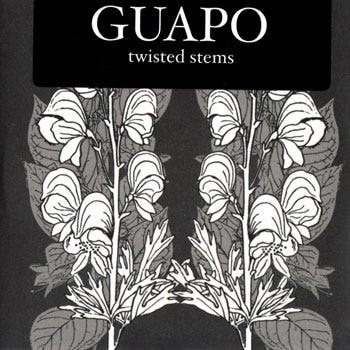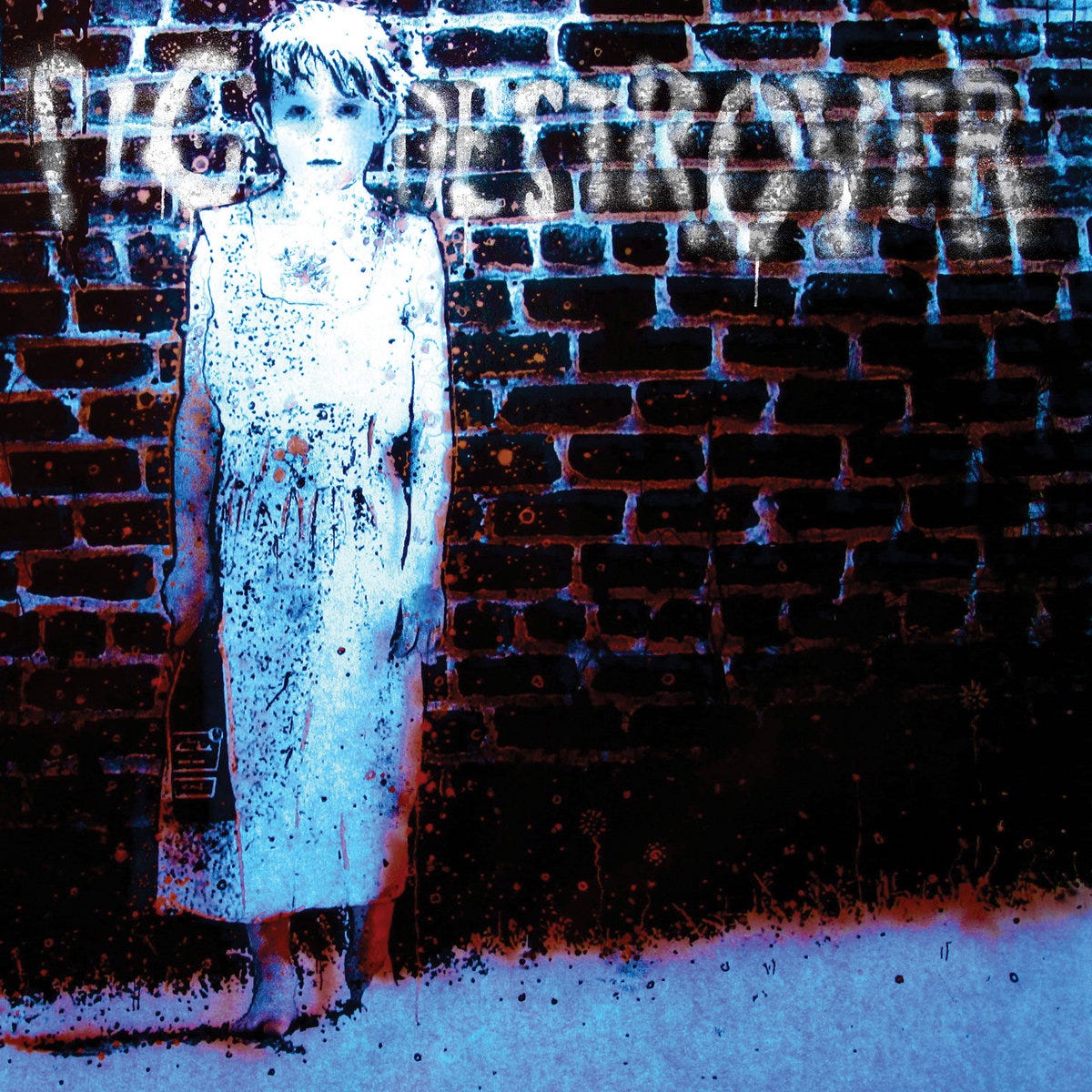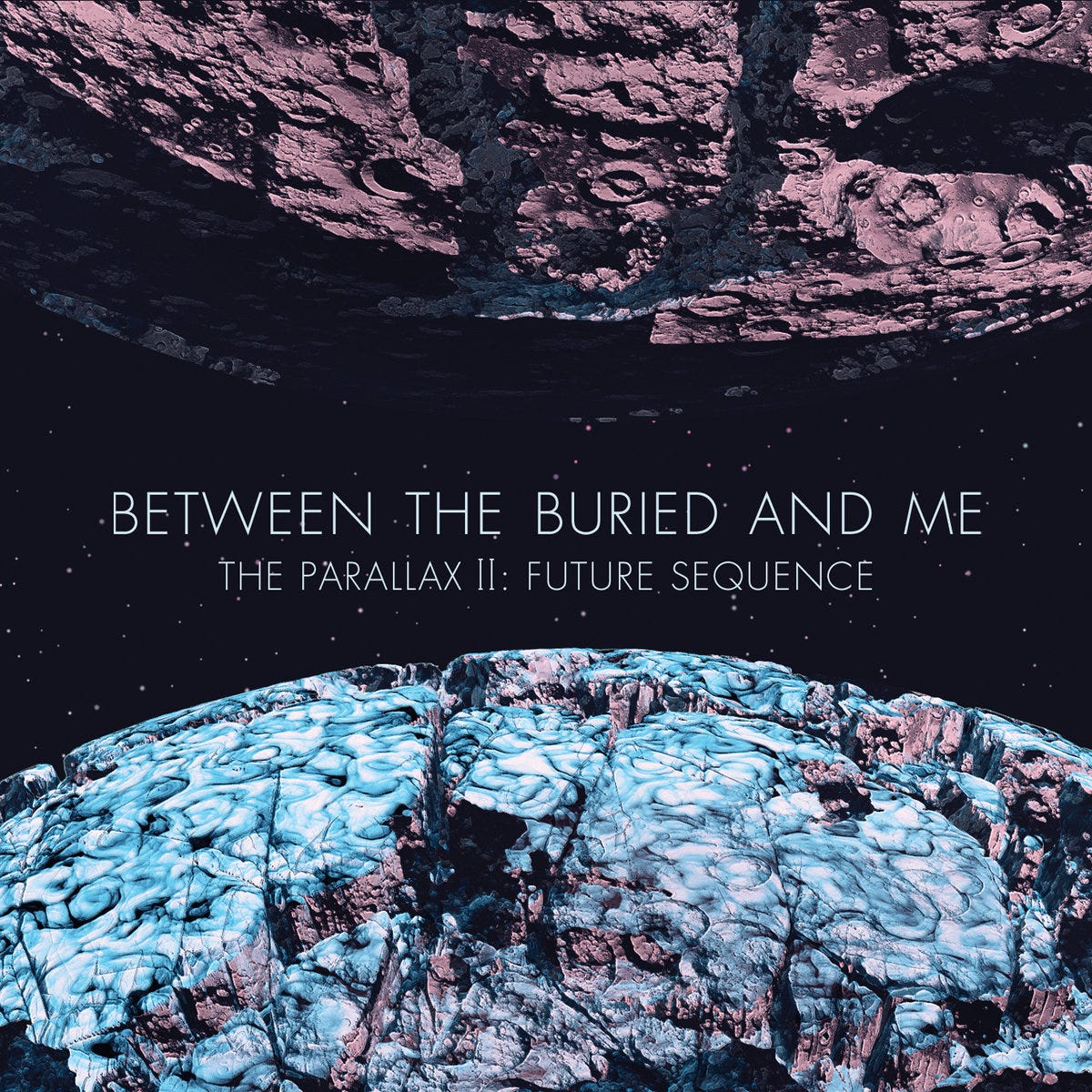When I’m not writing about music or making music myself I keep busy by teaching drums. For nearly a year now I’ve taught students from a wide age range, from kids too young to know their multiplication tables to adults who drum as a hobby. Their skill levels are just as varied. I’ve taught beginners, a whole host of intermediates who excel at some skills and struggle with others, and a few drummers who can play stuff that would give me serious trouble. No two students are precisely the same, and no two lessons proceed along an identical path. It’s a fun job, never a dull day.
Because I like my job so much I also spend a good chunk of my free time looking into what other drum educators are thinking about. To this end I watch a lot of YouTube videos about drumming. I did this before I was being paid to teach drums, but now I watch these videos with greater focus, checking their perspective against my own experience and keeping an eye out for concepts that I might make use of in my own lessons. One of my favorite YouTube channels is The 80/20 Drummer, hosted by Nate Smith. Smith first caught my attention with a video highlighting some of the subtle characteristics that separate polished and professional drummers from players who are still putting it together. Each item of Smith’s checklist (consistent dynamics on any gear, the ability to “lock up” with other players, a shark’s nose for the downbeat of each measure 🦈) rang true with my own observations. Smith clearly knew his stuff. I subscribed. In the five years since he’s further outlined his philosophy of drum education: that the path to getting better at the instrument wasn’t down a long road of learning out of drum books or vague directions to “just feel it”, but through careful attention to details like even subdivisions, consistent stick height and accuracy on the drums themselves.
While Smith comes from a jazz background the skills he emphasizes are relevant to any genre and any scenario. What that means practically is that this kind of good drumming looks and sounds remarkably similar across any context. And if you spend time on the drumming internet you’ve probably noticed this yourself. There’s a certain homogeneity of style that’s distinct to modern drummers, whether they play jazz, metal, or pop. In a video Smith published week he examines how and why this modern style emerged. I’d encourage you to watch the whole thing:
First I think it’s important to reiterate that Smith isn’t arguing that the ubiquity of this style is bad. On the contrary, the modern drum sound is mostly a result of a set of “best practices” becoming commonplace. Instead of moralizing over whether this adoption is good or bad, Smith instead investigates how and why these practices spread. Smith’s most astute observation is the effect of what he calls “the drum education industrial complex”, describing a moment in the 80s when gear companies and big name drummers mutually benefited from the rise of home video. With the VHS drummers could distribute accessible education videos that also highlighted their top of the line gear. Smith sharply connects this to Reaganism, even if he doesn’t elaborate on that connection. The way these studio drummer superstars are marketed reminds me of the way Michael Jordan was marketed in such a way to make basketball a sport about individual greatness (despite being team sport, Jordan never made it to the Finals without Pippen and vice versa), which also happened during the Reagan era.
It’s important to remember that musicians are as much a consumer demographic as they are artists and performers. That means that we are subject to a lot of marketing selling the idea that the right gear or the right method is all you need to become as good as your heroes. In some ways this proved more true than the gear companies or their sponsored drummers could have anticipated. The standards laid out by the original wave of VHS/DVD drummers spread first at the relatively slow pace of direct distribution, then the quicker pace of YouTube virality, before exploding across a social media ecosystem increasingly driven by video. It is easier than ever for drummers to watch and hear other good drummers in high quality audio and high definition video. I think it’s also worth noting that it’s easier than ever for drummers to watch and listen to themselves. What this means in practice is that a young drummer in 2025 is surrounded with examples of what good technique looks and sounds like than any other drummer in history and that they have the simultaneous access to the exact tools they’d need to test themselves against that standard.
Finally, while Smith points out the competitive effect that drum machines and electronic production had on modern drummers, I think he underrates the effect of modern players growing up listening to music made with those tools. Drummers born in the 1980s and onward absorb far more music featuring drum machines, samples, loops, and digitally quantized drummers at an impressionable age than any generation previous. It’s no surprise that with their ear acclimated to that sound that they’d be able to emulate it and even seek it out for their own playing. As I tell my students all the time: you can’t play something unless you can hear it first. On the flip side, having an ear for “non-human” drumming will make it easier to play “non-humanly”.
Like Smith I don’t view this collective raising of standards as a bad thing. For one, it’s good motivation to keep my own skills sharp. But it also presents a creative challenge. If everyone is playing with great technique and solid fundamentals it becomes all the more important to stand out by way of your ideas, your creativity, and your taste.
# # # # # The Promo Zone # # # # #
It is the first Friday of the month which means with increasing rarity that it is also Bandcamp Friday. On Bandcamp Friday you get more bang for your hard earned buck so long as that bang comes from the satisfaction knowing your buck went straight into the pockets of artists instead of first passing through the sticky mitts of nebulous corporate entities. This Bandcamp Friday I’d like to highlight the Lamniformes album Sisyphean. Specifically I’d like to draw your attention to the album’s cassette release, courtesy of Furious Hooves. It’s a beautiful design evocative of the greyest days of a Chicago winter, a subject I’ve had plenty of first hand experience to consider recently. People tell me this has been one of the toughest winters in years, since at the winter I released Sisyphean. Meeting this winter head on and face first reminded how it felt living those six songs all those years ago. You can relive them with me on Bandcamp:
Speaking of returning to one’s old stomping ground, I once again hoisted the Invisible Oranges to address the state of progressive metal over the last five months. The piece focuses on four albums, Blood Incantation’s Absolute Elsewhere, Dream Theater’s Parasomnia, Opeth’s The Last Will And Testament, and Bedsore’s Dreaming The Strife of Love, and how they use the conventions of prog to evoke the strengths of other artistic mediums like film or literature. Thanks Colin Dempsey for asking me to put this together. Read the piece here.
~ ~ ~ ~ ~ Listening Diary ~ ~ ~ ~ ~
Here are five songs I enjoyed listening to recently. You can find a playlist containing all of this year’s selections on Apple Music.
“All Moving Parts (Stand Still)” by Black Sabbath (Technical Ecstasy, 1976)
After writing about the final Black Sabbath show last month I was inspired to revisit their entire discography in chronological order. This quickly took me through their classic first six albums into territory that I hadn’t visited in years since first getting into the band as a teen. The fan consensus is that Ozzy’s last two albums with the band suffer a significant drop in quality from the band’s first six records. Having absorbed that conventional wisdom as an impressionable youth I’ve long avoided Technical Ecstasy and Never Say Die!. This was a mistake! Sure there’s a *bit* of a dip from the heights of Sabbath Bloody Sabbath and Sabotage, but there are plenty of fascinating deep cuts on both records. Take this tune, which with its funky bassline and background clavichord almost sounds like a Sabbath riff on Stevie Wonder.
“Air Dance” by Black Sabbath (Never Say Die!, 1978)
Here’s another late 70s Sabbath deep cut. I’ll admit that Never Say Die! is closer to being straight up “not good” on the whole, but it also has gems like this tune. Black Sabbath started flirting with progressive rock as early as Sabbath Bloody Sabbath, but on this song they embrace the genre and give it a big sloppy kiss. I can see why metal-heads might find the lack of riffs a little disappointing, but taken on its own terms this is a gorgeous piece of prog rock full of surprising turns and inspired arrangements.
“I Wish I Was A Communist” by Nothingface (Skeletons, 2003)
A quick break from the Sabbath marathon for some early 21st century metal. I didn’t realize Nothingface got down like this, you don’t often hear nü-metal bands outside of Slipknot go this hard on double bass. At times this song sounds like a mathcore track with all the odd time signature wrinkles ironed out. As for the title, I don’t know buddy that seems like a pretty achievable goal!
“Seventh Star” by Black Sabbath (Seventh Star, 1986)
If the final two Ozzy records are considered a step down from Sabbath’s peak, Seventh Star isn’t considered at all. Originally written as a Tony Iommi solo joint, this album is viewed as the absolute nadir of Sabbath’s career if it is even acknowledged at all. To be sure, it is completely out of step with the state of metal in 1986. Compared to say Master of Puppets or Reign In Blood it sounds positively ancient. It is nowhere near as bad as its rep suggests, even if it sounds like a demo reel of songs to play over the credits of 1980s fantasy b-movies.
“Devil & Daughter” by Black Sabbath (Headless Cross, 1989)
I’m glad that Nate Smith chose OG Black Sabbath drummer Bill Ward as he example of prototypically “old school” drumming. Even by 1989, long after Ward left the band, you can hear a distinct change in the character of the band from the drums up. Cozy Powell plays with far more consistency and evenness than Ward, which along with Tony Martin’s hard rock hamminess practically turns Black Sabbath into a power metal band. I’m not in love with most of the Martin era, but this record is pretty undeniable if you have a taste for the cheese.
\ \ \ \ \ Micro Reviews / / / / /
Here are five micro reviews of albums from my vast Rate Your Music catalog. Long time Lamniformes Instagram followers will recognize these from my stories, however they’ve been re-edited and spruced up with links so that you can actually hear the music instead of just taking my word for it.
Twisted Stems by Guapo (2006) - Prog Rock
I saw this band open for Zombi at a poorly attended show at the old Knitting Factory. They were my first exposure to the Zeuhl end of prog rock so my mind was thoroughly boggled. I only had enough cash on me at the time to buy this single, which does not do their performance justice. These two tracks are slow, tense but not intense, and never really go anywhere other than in circles.
Book Burner by Pig Destroyer (2012) - Grindcore
The album where it seemed like Pig Destroyer, a grind band so vital that even posers like me had to pay attention to them, finally cooled off from their hot streak. I can’t for the life of me tell you why this one doesn’t cut the mustard as its on paper pretty much the same stuff that they’ve always done. Maybe the production is too clean? Maybe the track order doesn’t hit the same momentum of their best work? Hard to say, it just feels weirdly inessential despite being pretty good.
Local Business by Titus Andronicus (2012) - Rock
A deliberate conceptual and sonic downsizing after The Monitor. The sentiment at the time was that it was also a step down in quality, a sentiment that I shared and that Patrick Stickles himself admonished me for sharing when Sharpless opened for Titus Andronicus. Fair enough! Stickles has reason to stand up for this record, “My Eating Disorder” and the “In A…” pair are some of his best songs. That said, the anti-ambitious, best-pub-band-in-town vibe keeps this album from adding up to more than its parts. Much respect for zigging when they expected you to zag, but it isn’t my favorite album from this band.
The Parallax II: Future Sequence by Between the Buried and Me (2012) - Prog Metal
The one where BTBAM lost me, until Colors II pulled me back in. A 70 minute continuous sci-fi concept record whose narrative is about as difficult to follow as its music. BTBAM have always had a stream-of-consciousness streak to their writing but on this album they really doubled down on throwing as much musical info as they could into every segment, to the point of overkill. Over the years, with the help of analysts like YouTube’s Calder Hannan, I’ve learned how to hear some of the underlying structure to the album which has led me to appreciate it more. But its still a lot, and a bit too heavy on the goofy circus stuff for my taste.
One of Us is the Killer by The Dillinger Escape Plan (2013) - Metalcore
For a long time I overlooked this record favor of Option Paralysis. I think when it first came out I had “got the gist” of what Dillinger were about and didn’t feel like this album really changed anything about their sound. However, I know that a number of my friends hold this album in high regard so I’ll try and dig into what makes it distinct. First, it might be the best sounding Dillinger album. I love all the tiny details that set each track apart sonically. Second, it feels like the band’s wild rhythms are flowing from the vocals instead of the other way around. Finally, the melodic parts are integrated into the heavy stuff in a less conspicuous manner than the albums before it. It still isn’t my favorite by them, but I get why it might be someone else’s, maybe yours!










The upshot can be writ large for the saturation of music producers since digital. I would just say that it’s arguably better to grow up in a veritable silo artistically and seek out teachers who can do fundamentals *and* bigger artistic picture. (Sisyphean is good stuff btw :)